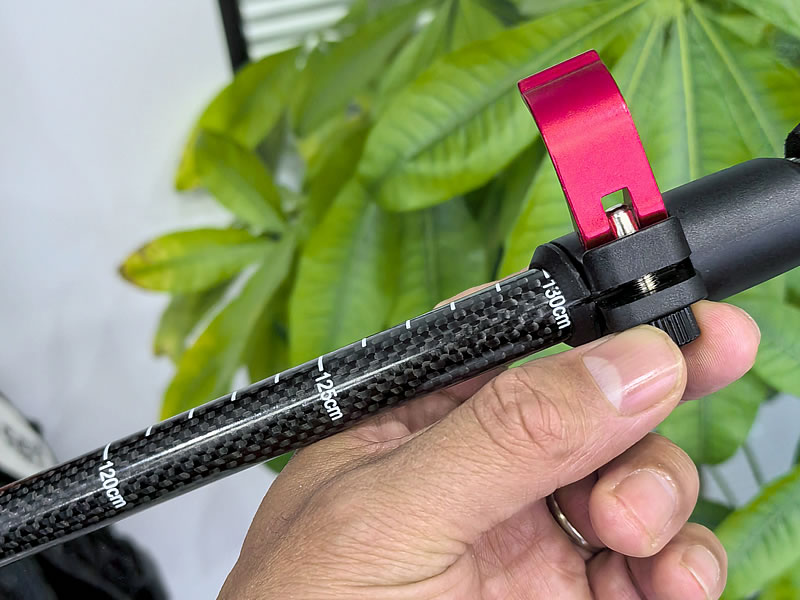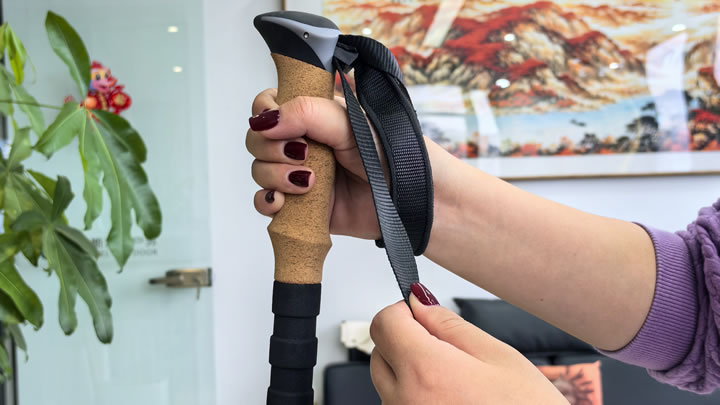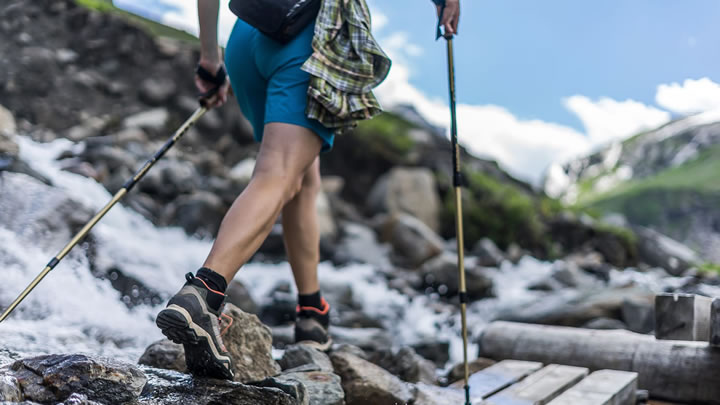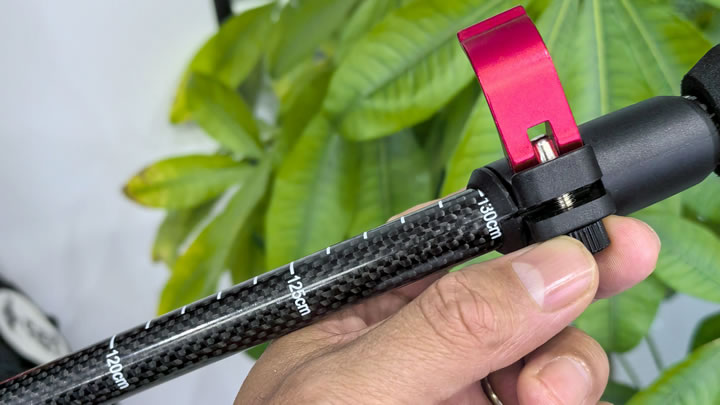How to Adjust Walking Pole Height? A Complete Guide for Optimal Performance
Properly adjusting your walking pole height is not just a matter of comfort—it's essential for maximizing stability, efficiency, and safety on the trail. Using poles set at the wrong height can lead to poor posture, unnecessary fatigue, and even increase your risk of injury. Whether you're a beginner setting up your first pair or an experienced hiker looking to refine your technique, this comprehensive guide will walk you through the precise methods to find your perfect pole length.

The Foundation: Finding Your Standard Hiking Length
The gold standard for determining basic pole height is the 90-Degree Rule. Here's how to get it right:
- Wear Your Hiking Shoes: Start by wearing the footwear you'll be using on the trail to ensure accurate measurements.
- Stand on Level Ground: Find a flat, even surface to mimic standard hiking terrain.
- Grip the Handle: Turn the pole upside down and grip the handle just below the basket, or place your hand on the grip in a natural position.
- Check the Angle: With the tip of the pole on the ground, your elbow should be bent at a perfect 90-degree angle. Your forearm should be parallel to the ground.
If your poles are adjustable, loosen the locking mechanism and extend or retract the sections until this 90-degree angle is achieved. This length is your baseline for hiking on flat to moderately sloped terrain.
Advanced Adjustment: Adapting to the Trail
The true power of adjustable poles shines when you modify their length to match the terrain, which reduces strain and improves power transfer.
- Uphill Adjustment:Why: On ascents, shorter poles prevent you from overreaching and straining your shoulders. They help you maintain an efficient, forward-leaning posture.How: Shorten your poles by 5-10 cm (2-4 inches) from your standard length. A steeper incline requires a shorter length.
- Downhill Adjustment:Why: Lengthening your poles on descents allows you to plant them securely ahead of you without bending your torso excessively. This provides better braking power and shifts impact away from your knees.How: Lengthen your poles by 5-10 cm (2-4 inches) from your standard length. Increase the length for steeper descents.
Fine-Tuning Your Fit: Pro Tips
- The Wrist Strap Test: A properly fitted wrist strap is part of the overall "fit." Your hand should slide up through the strap from below, allowing you to rest the weight on your wrist, not your grip. The strap should be snug but not constricting.
- Listen to Your Body: The 90-degree rule is a starting point. If you have particularly long arms or a unique gait, you may need to fine-tune. The best length is the one that feels natural and allows you to plant the pole without leaning or overreaching.
- Check for markings: Many poles have measurement markings on the shafts. Note your standard, uphill, and downhill settings for quick and easy adjustments on the fly.
Common Mistakes to Avoid
- Poles Too Long: This causes you to hike with your arms too high, leading to shoulder hunching and inefficient arm swing.
- Poles Too Short: This forces you to bend forward excessively, putting strain on your lower back and reducing the pole's effectiveness for propulsion.
- Forgetting to Re-Adjust: The most common error is setting your poles once and never changing them. Develop the habit of adjusting for significant changes in gradient.
A Quick Sizing Chart for Reference
While the 90-degree rule is most accurate, this chart provides a general starting point based on height:
| Hiker Height | Suggested Pole Length |
|---|---|
| 5'0" - 5'6" | 110cm - 120cm |
| 5'6" - 6'0" | 120cm - 130cm |
| 6'0" - 6'4" | 130cm - 140cm |
Final Checklist Before You Lock In
Before you tighten the locks and hit the trail, double-check:
- Elbows at 90 degrees on flat ground.
- Wrist straps are properly threaded and adjusted.
- All section locks are fully tightened and secure.
- You've considered the upcoming terrain (uphill/downhill).
Taking a few moments to correctly adjust your walking poles will transform them from simple sticks into powerful tools that enhance your balance, power, and endurance. By mastering these simple techniques, you'll unlock the full potential of your poles and enjoy a more comfortable, efficient, and enjoyable hiking experience.






